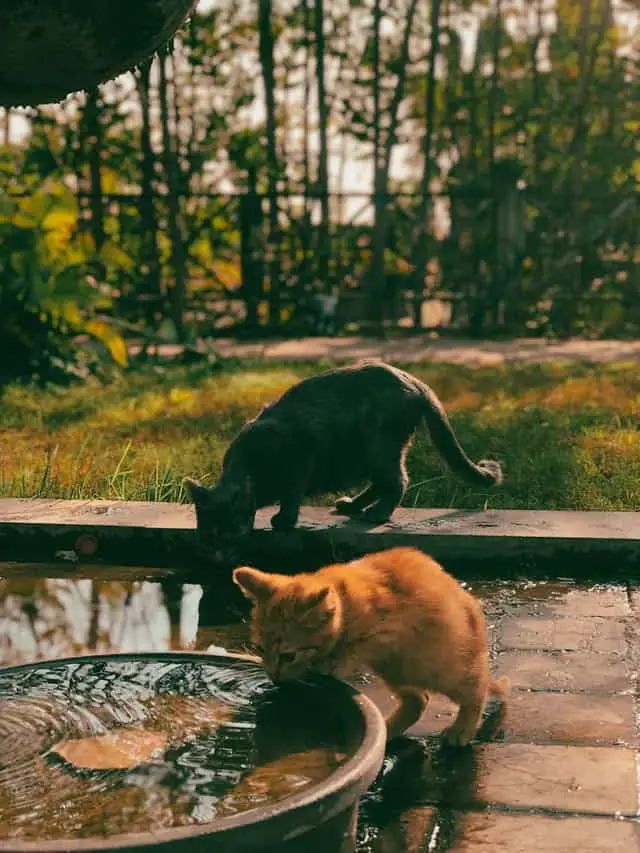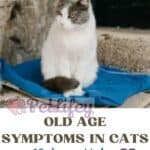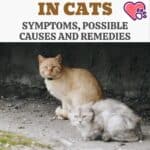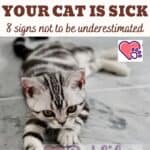
With high summer temperatures, the cat’s risk of dehydration increases. In this article, we will explain what to carefully observe to understand if Kitty is dehydrated.
Heat and high temperatures can pose a danger to pets. One of the most common and feared risks by owners at this time of year is, along with heatstroke, dehydration. Carefully observing cat and evaluating any alarm bells is the first step to keep this danger away and act promptly for the health of the feline.
From gums to paws: how to understand cat dehydration symptoms

1 – Tiredness, exhaustion and lethargy: evaluating cat’s attitude in this period is fundamental. If your cat is tired, exhausted, dejected, or you notice that he is sleeping too much, it is likely that he is not hydrated enough.
2 – Mouth, gums and eyes: observe cat carefully. Dry mouth and sunken eyes are a first sign of dehydration, but you will need to evaluate your gums as well. As in the case of the evaluation of dehydration in dogs, lift the cat’s lip and press a finger on the gums until they turn white, then remove the finger and see what happens. In a cat in perfect health, the gums turn pink again, if on the contrary they remain white or if a long time passes before returning to normal color then it is likely that cat is dehydrated. When dehydration is already at an advanced level, the blood volume of the capillary system that pervades the gums decreases therefore in the case of pale white gum color dehydration is at an advanced stage.
3 – Skin elasticity: it is one of the symptoms characterizing the lack of water in the body. How to understand it? Gently pull some skin at the back of the neck and then release it. If the cat immediately returns to its position, it is not dehydrated, if, on the contrary, the skin remains wrinkled or raised or takes more than 3-4 seconds to recover then it is advisable to contact the veterinarian.
4 – How much he drinks: an attentive owner knows his furry dog so he understands if he is drinking the usual amount of water or not. If the cat does not drink or drinks very little, it is time to get active.
5 – Cold paws: paws that struggle to warm up or stay cold can be a symptom of dehydration in the feline.
If you have noticed one or more symptoms, you should immediately provide fresh (not cold), clean water to your cat. But pay attention to the quantities: if he were to drink a lot and quickly he could feel bad so the watchword is caution. Then you will need to contact the vet who will decide whether to have a drip and keep Cat under observation.
How to prevent the phenomenon? A few tricks: balanced diet, fresh and clean water placed in the shade but not near the litter box, no games and physical activity during the hottest hours and places.






